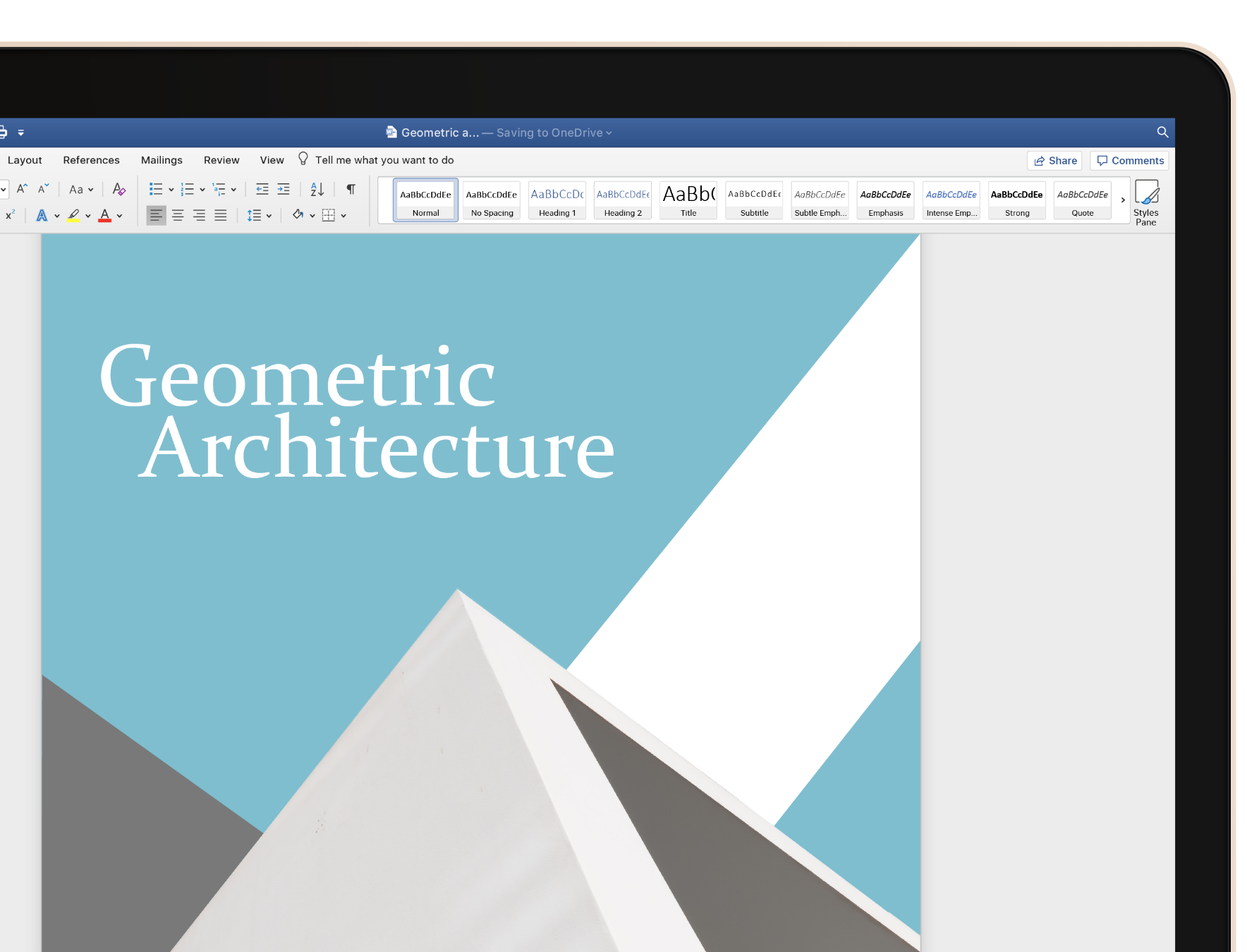Mac users now have three ways to get hold of Office 365: Online directly from Microsoft, in a retail package, or directly from Apple’s Mac App Store. The Save As dialog should work the same across all applications. It fails right at the beginning of save as, I can only use the recent places or devices and favourites. When I save to documents I can't open that for sub folders. I am using Mac OS High sierra v 10.13.3 (the latest) and excel from office 365 c16.17 also the latest. Every one of the iWork suite applications is capable of converting files to equivalent version for Microsoft Office suite. So that’s the simplest and quickest way to convert a Numbers spreadsheet to an Excel file on a Mac, but if you know of another method or a different approach, then feel free to share with us in the comments below.
Accessing the Save As option is surprisingly simple, and can be done without making any changes at all to your Mac. To find the feature, open an app in which you want to use the Save As function. For Office apps installed on a Windows PC: If you're not already in an Office file or document, open an app such as Word or Excel, and open an existing file, or create a new one. Select File Account (or Office Account if you're using Outlook).
The Finder is the first thing that you see when your Mac finishes starting up. It opens automatically and stays open as you use other apps. It includes the Finder menu bar at the top of the screen and the desktop below that. It uses windows and icons to show you the contents of your Mac, iCloud Drive, and other storage devices. It's called the Finder because it helps you to find and organize your files.
Change how your files are displayed

To change how files are displayed in Finder windows, use the View menu in the menu bar, or the row of buttons at the top of the Finder window. You can view files as icons , in a list , in columns , or in a gallery . And for each view, the View menu provides options to change how items are sorted and arranged, such as by kind, date, or size. Learn more about customizing views.
Gallery View, showing the sidebar on the left and the Preview pane on the right.
When you view files in a gallery, you can browse your files visually using large previews, so it's easy to identify images, videos, and all kinds of documents. Gallery View even lets you play videos and scroll through multipage documents. Earlier versions of macOS have a similar but less powerful gallery view called Cover Flow .
The sidebar in Finder windows contains shortcuts to AirDrop, commonly used folders, iCloud Drive, devices such your hard drives, and more. Like items in the Dock, items in the sidebar open with just one click.
To change the items in your sidebar, choose Finder > Preferences from the Finder menu bar, then click Sidebar at the top of the preferences window. You can also drag files into or out of the sidebar. Learn more about customizing the sidebar.
Update Office Apps Mac
Search for files
To search with Spotlight, click the magnifying glass in the menu bar, or press Command–Space bar. Spotlight is similar to Quick Search on iPhone or iPad. Learn more about Spotlight.
To search from a Finder window, use the search field in the corner of the window:
When you select a search result, its location appears at the bottom of the window. To get to this view from Spotlight, choose “Search in Finder” or “Show all in Finder” from the bottom of the Spotlight search results.
In both Spotlight and Finder, you can use advanced searches to narrow your search results. You can also use tags to organize and find files.
Delete files

Microsoft Office App
To move a file to the Trash, drag the file to the Trash in the Dock. Or select one or more files and choose File > Move To Trash (Command-Delete).
To remove a file from the Trash, click the Trash to open it, then drag the file out of the Trash. Or select the file and choose File > Put Back.
Microsoft Office App Android
To delete the files in the Trash, choose File > Empty Trash. The storage space used by those files then becomes available for other files. In macOS Sierra, you can set up your Mac to empty the trash automatically.



